Nikon D3300 review
The Nikon D3300 is the brand's latest entry level DSLR camera
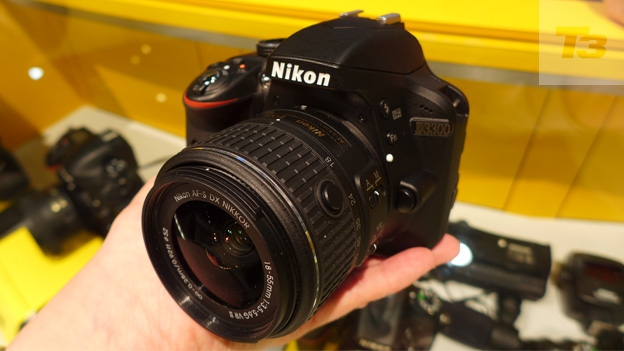
-
+
Compact retracatble lens
-
+
Great guide mode
-
+
Excellent picture quality
-
-
Fixed LCD
-
-
No touchscreen
-
-
No Wi-Fi
Why you can trust T3


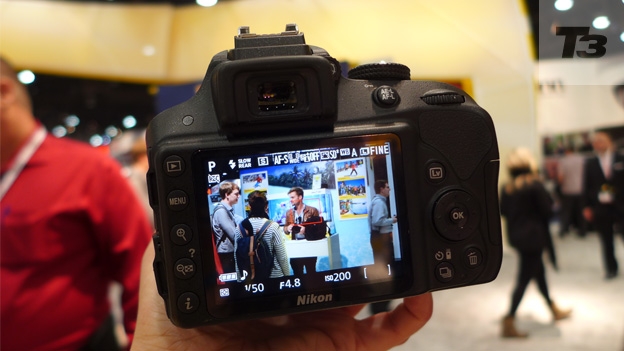
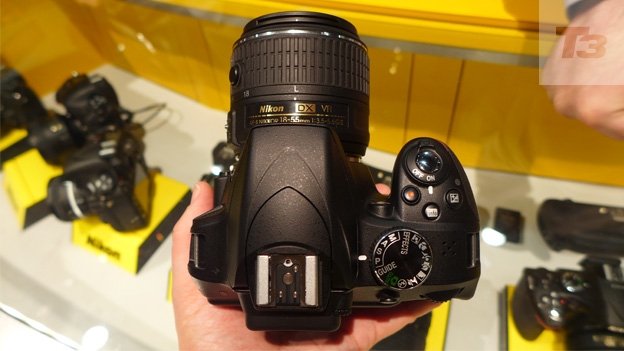
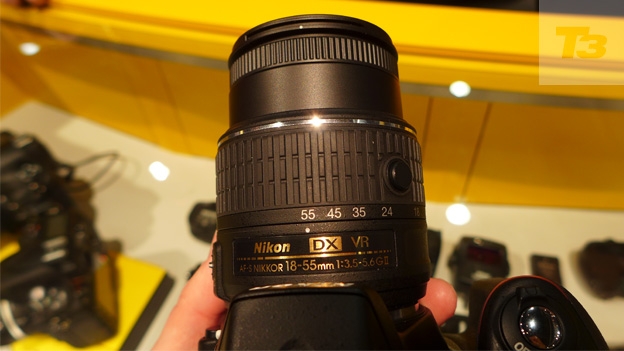
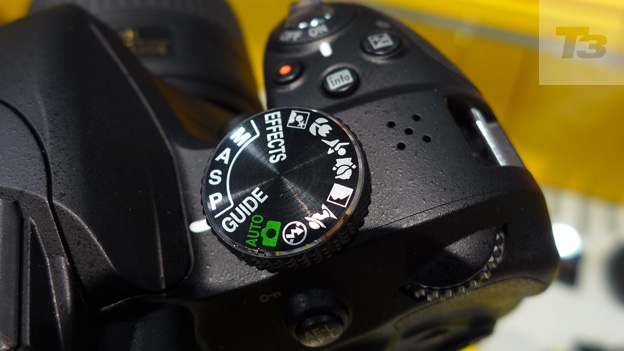
Is it worth upgrading from the entry-level Nikon D3200 for the new processor and retractable lens? Find out in our new Nikon D3300 review
The Nikon D3300 is the brand's latest entry-level DSLR and takes over from the popular Nikon D3200.
A series of upgrades on the new model include a newer processor, expanded ISO range and a brand new retractable lens.
The D3300 has some pretty stiff competition in the form of the Canon EOS 1200D, Pentax K-500 and DSLR-esque CSCs like the Samsing NX30, so what does it offer to stay ahead of its rivals?
Nikon D3300: Size and build
Measuring in at 124 × 98 × 75.5mm, the body is very slightly smaller than its predecessor, so much so that you might not even notice unless you were told, but we reckon it makes the handgrip that little bit more comfy.
There are a few very minor design tweaks compared to the D3200, including a slightly larger, more textured and better placed thumb plate on the back panel. Like its predecessor, the D3300 feels that little bit more premium than its Canon rivals when it comes to build quality.
The biggest design change is that retractable 18-55VRII kit lens which extends by pressing a button on the side and then twisting the barrel. This means that the lens is around an inch shorter and the circumference is also smaller making the new lens far less bulky. It may not be as small as the tiny Canon EOS 100D, but it certainly makes it a lot more streamlined than the previous model.
The same pop-up flash is here again, while it's effective, it can be rather over-enthusiastic and pop up randomly when it's not really needed, just like on the D3200.
The camera is available in red, black or grey, but as ever - we expect the black model to be the best seller.
Nikon D3300: Features
The D3300 packs the new, faster Expeed 4 processor, teamed with the same 24.2-megapixel APS-C sensor as on the D3200. However, this time, Nikon has ditched the optical low pass filter, which is intended to reduce moire - unwanted artefacts that appear on images with repeating patterns. The absense of the filter means that images should have a higher level of detail.
The new model also packs a decent burst rate of 5fps, which is among the best on an entry-level DSLR. This makes it easy to rattle of successive shots - especially good for moving subjects.
The onscreen interface has been given a facelift since the previous model and is much cleaner, using more colours to make the display more intuitive to navigate. Likewise, the handy Guide mode has been given a makeover and is still a great starting point for beginners who need some pointers on what settings to use for different shooting situations.
Nikon D3300: Screen
The D3300 sports a relatively standard 3-inch LCD monitor with a respectable 921K-dot resolution that works perfectly well for reviewing your photos. We were hoping for a touch screen on the new model, but sadly that wasn't to be. Maybe next time.
Live view is there for when you need to use the screen to line up awkward shots, but as always on a DSLR, it's far preferable to use the optical viewfinder.
Nikon D3300: Controls
Controls are almost identical to the previous model - they're pared down so will be too basic for experienced shutterbugs who want to have shutter speed and ISO dials at their fingertips, but ideal for novices.
The effects mode now has a dedicated spot on the top-mounted dial - you previously had to find your way there via the on-screen menus.
Controls on the back plate are pretty much the same as on the D3200 although D pad has been moved down slighlty to make room for the bigger thumb rest - a welcome addidtion that makes the camera feel slightly more steady in the hand.
Above the thumb grip, you'll find the same handily placed dial which can be used to toggle through aperture and shutter speed settings when in the relevant mode.
Nikon D3300: Picture quality
Does the combination of the 24.2-megapixel CMOS and the new processor result in the kind of pictures with come to expect form Nikon? Undoubtedly, yes.
The picture quality on the D3200 was already commendable, and the lack of a low pass filter appears to have had nothing other than a positive affect here. This is a feature that has been filtering down from higher-end cameras like the Nikon D7100, so it's great to see it on a camera at this price point.
Overall picture quality is fantastic, with superb reproduction of detail. Images still remain sharp even when they're cropped and zoomed. Tones are pleasingly natural ffective depth of field shots are very easy to capture. While all the manual options are here, we got some great results from the auto mode.
The boosted ISO range (100-25600) is a welcome upgrade - naturally images are still a tad soft as you move further up the range but it's good to have a little more help when shooting in low light conditions.
The 11-point autofocus is by no means the the speediest we've seen, but then it's perfectly reaonsable for an entry-level snapper and more than enough for beginners.
The 18-55mm f/3.5-5.6G VR II lens is a great, flexible lens that's wide enough for long shots but equally adept at close-up portraits - and of course, the compact build is something of a boon.
The camera also includes a range of 13 special effects - if you like that sort of thing - including Easy Panorama and Toy Camera. While these used to be buried away in the menus, Nikon has added an Effects option to the mode dial, which is a useful addition for a beginner's DSLR.
Nikon D3300: Video
The D3300 takes full HD video at 60p/50p/30p/25p/24p or if you're filming at 1280x720 pixels you can choose from 60p/50p. Video results are good, although while the autofocus works well, the mechanical sound does tend to get picked up by the built-in microphone.
Nikon D3300: Battery
Although it features the same battery as the D3300, the new model should be more efficient thanks to the new processor, says Nikon. According to the maker, you should be able to get a whopping 700 shots from one charge - an impressive claim for a camera at this price point.
We had the camera out for a couple of half days of shooting plus plenty of scrolling through shots, which barely left a dent in the battery life indicator - good news for fledgling photographers who are unlikley to watch to invest in spare batteries.
Nikon D3300: Verdict
The Nikon D3300 is a superb entry-level DSLR - the upgrades from the last model are small but significant and the combined result is superb. And the new, compact lens is simply fantastic. What's more, we reckon the build quality doesn't feel quite as basic as some other entry-level models like the Canon EOS 100D.
If you're thinking of upgrading from the D3100 or D3200, it's worth it for the lens alone, but the subtle improvements also add up to one solid upgrade.
Wi-Fi would have been nice and something that's increasingly being used to pull in those who are upgrading from their smartphones and a touch screen would also be welcome - maybe we'll see these on the next-gen model. If we gave half stars, this would be a 4.5.
Nikon D3300 release date: Out now
Nikon D3300 price: £599.99 (with 18-55VRII kit lens), £499.99 (body only)
Sign up to the T3 newsletter for smarter living straight to your inbox
Get all the latest news, reviews, deals and buying guides on gorgeous tech, home and active products from the T3 experts
-
 YETI just made bowls cool – literally. And also figuratively.
YETI just made bowls cool – literally. And also figuratively.New YETI design, same bear-proof energy
By Matt Kollat Published
-
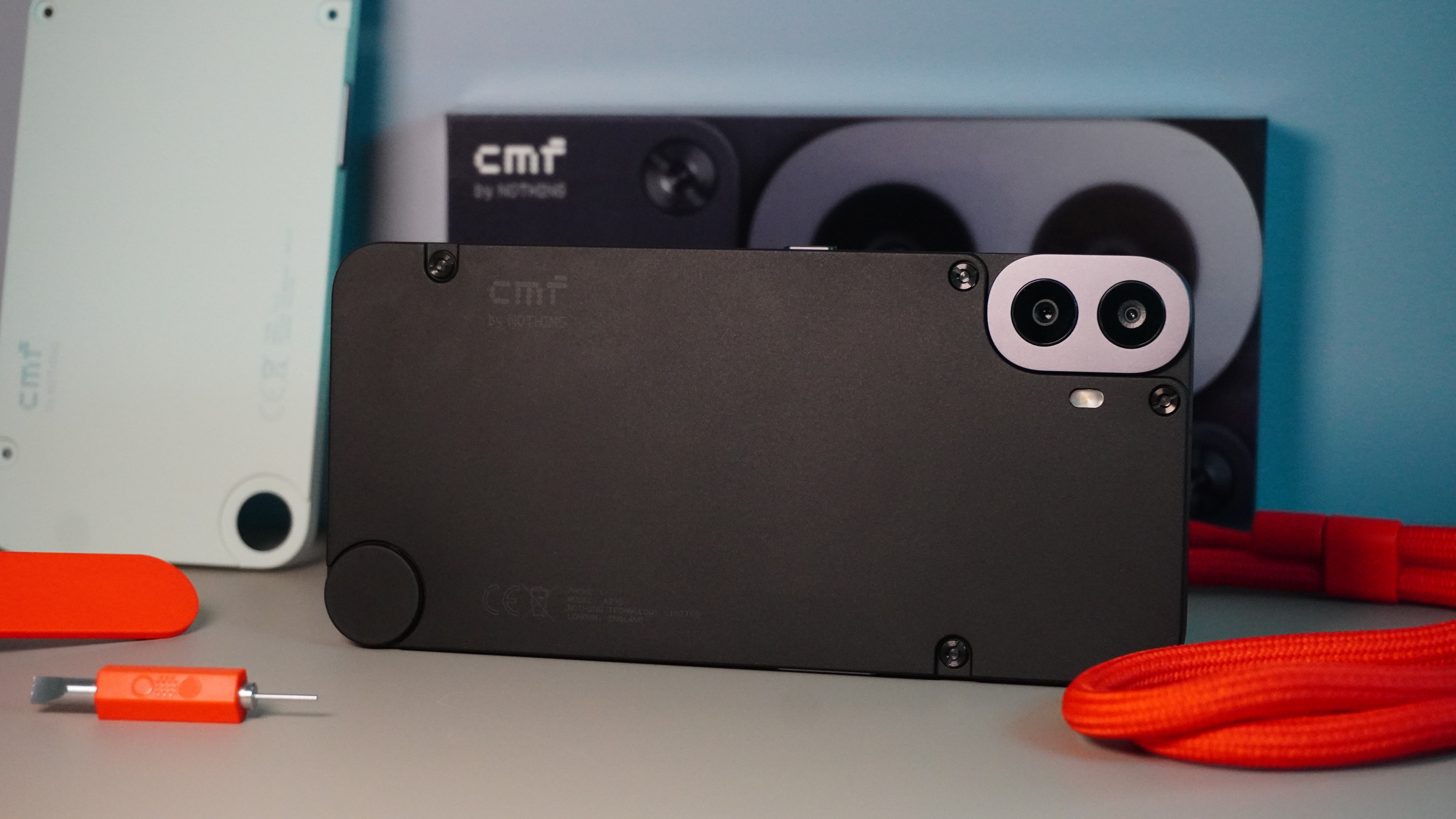 Nothing's next phone could be a budget powerhouse, thanks to this confirmed hardware detail
Nothing's next phone could be a budget powerhouse, thanks to this confirmed hardware detailOfficial details reveal more about the next phone coming from Nothing
By Chris Hall Published
-
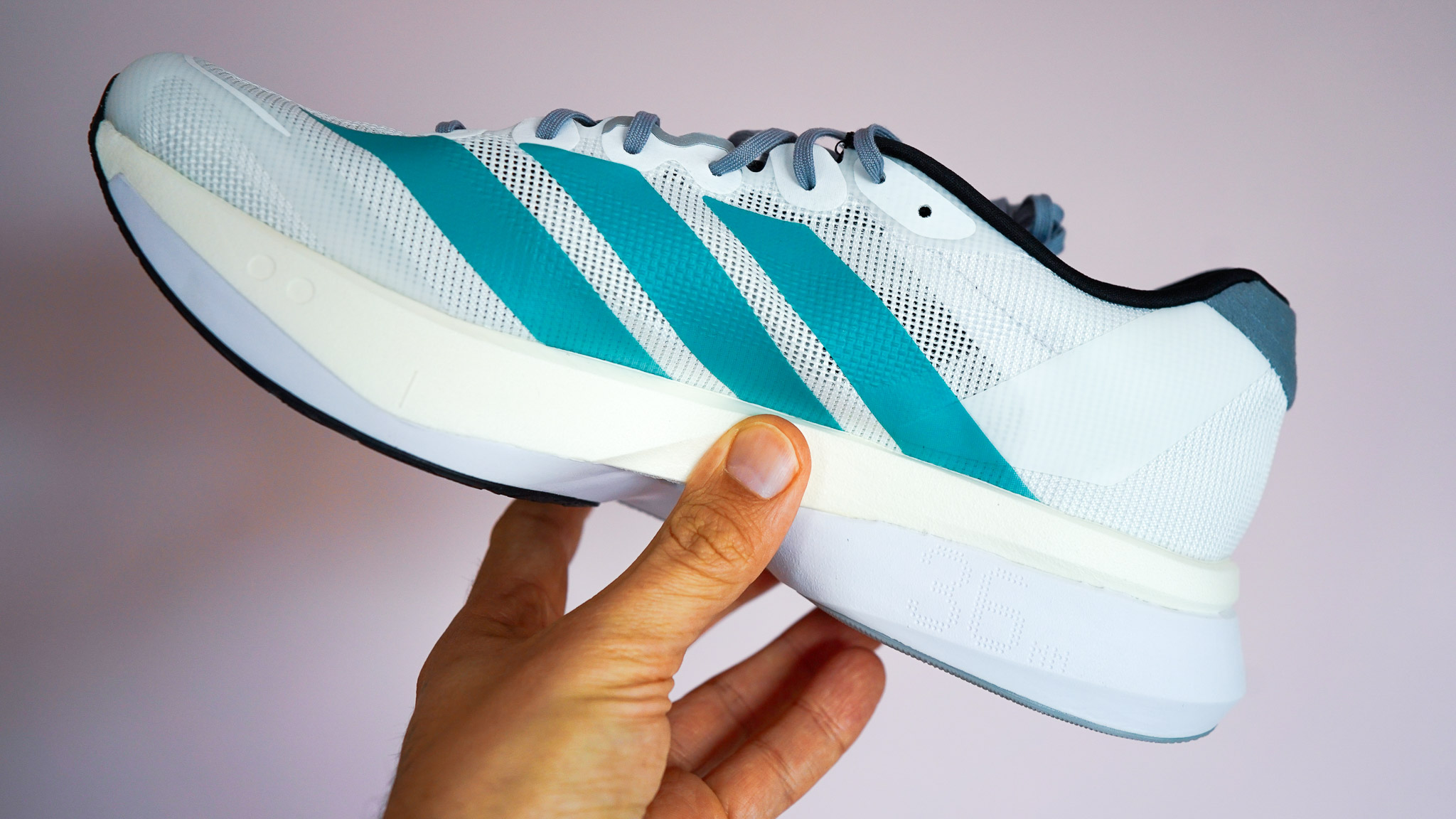 Adidas Adizero Boston 13 is softer, faster, and finally feels like a proper trainer
Adidas Adizero Boston 13 is softer, faster, and finally feels like a proper trainerThe brand quietly fixed everything runners didn’t love about the Boston 12
By Matt Kollat Published